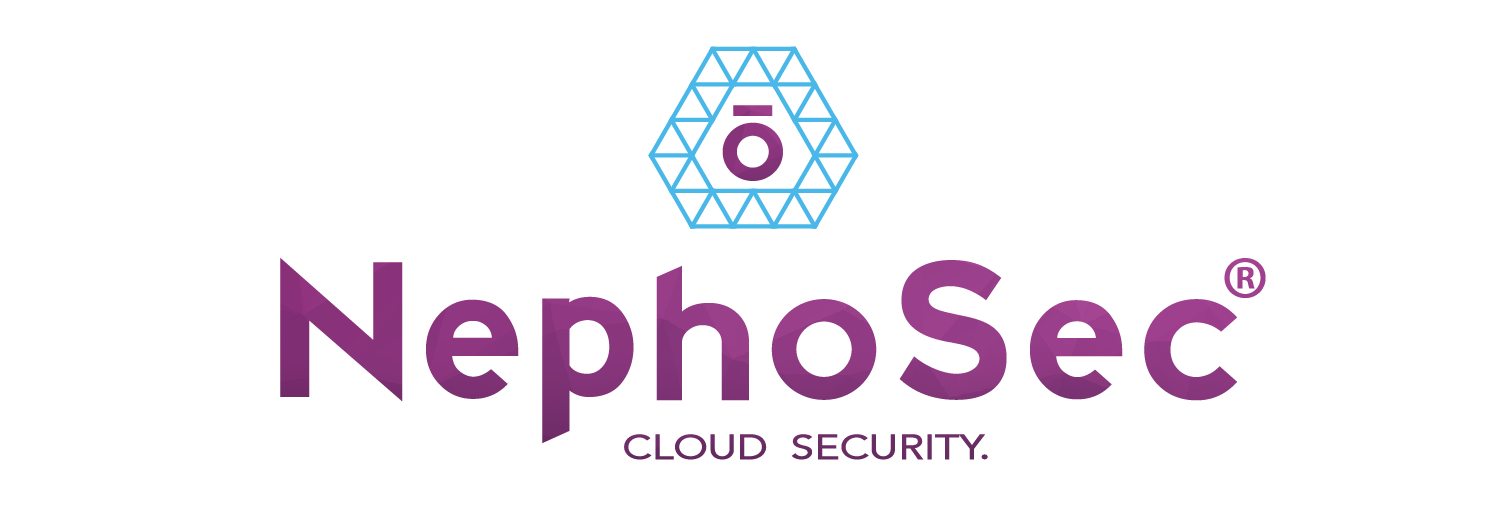In an era where cloud security is paramount, understanding and bolstering your defenses is crucial. As we navigate the complexities of 2024, aligning with the NephoSec Ninjas can pave the way for a more secure Cloud future.
✅ Establish a Cloud resources metadata Tagging Strategy
Use it to Organize, Optimize & Secure your Cloud Accounts
Implementing a tagging strategy in your cloud environment offers numerous advantages that enhance visibility, manageability, and cost-efficiency. Tags provide a structured way to categorize and label resources, facilitating easier navigation and organization within a complex cloud infrastructure. They enable stakeholders to quickly identify resources based on specific criteria, such as application type, department, or environment (e.g., production, development). This enhanced visibility simplifies resource tracking, auditing, and troubleshooting, leading to improved operational efficiency. Additionally, a well-defined tagging strategy aids in optimizing cost management by allowing teams to monitor usage patterns and allocate expenses accurately. By leveraging tags, organizations can gain better control over their cloud resources, ensure compliance with policies, and make informed decisions that drive both operational excellence and financial savings.
✅ Understand your External Threat Posture
What resources are truly accessible externally & what information about those resources is exposed?
Understand your external threat posture by gaining insights into the vulnerabilities and potential risks that exist outside your organization’s boundaries, allowing you to proactively implement robust security measures to safeguard your assets, data, and reputation. Recognizing your external threat posture enables you to prioritize security investments, allocate resources effectively, and develop a comprehensive defense strategy tailored to address specific threats. Additionally, by continually assessing and monitoring your external threat posture, you can stay ahead of emerging threats, enhance incident response capabilities, and foster a culture of security awareness and vigilance among stakeholders. Ultimately, a thorough understanding of your external threat posture empowers your organization to mitigate risks, maintain operational resilience, and ensure long-term business continuity in a world that is progressively interconnected and susceptible to vulnerabilities.
✅ Re-evaluate Trusted Accounts/Resources outside of your Organization
Are you still working with that Organization?
Re-evaluating trusted accounts and resources outside of one’s organization is critical. As businesses and individuals increasingly rely on external platforms, vendors, and services, the criteria for trustworthiness must continuously evolve to reflect the dynamic nature of cyber threats and operational vulnerabilities. Regularly reassessing these external entities ensures that they adhere to the highest standards of security, reliability, and compliance. Such evaluations often encompass a thorough review of access controls, data handling practices, incident response protocols, and overall alignment with organizational risk appetite. By adopting a proactive approach to scrutinizing trusted external accounts and resources, organizations can mitigate potential risks, safeguard sensitive information, and maintain the integrity of their operations in an ever-changing ecosystem.
✅ Security Policies
Ensure that the Security Policies you are using on Cloud resources only provide the level of access required to accomplish the required tasks.
Ensure that the security policies applied to cloud resources are meticulously tailored to only grant the necessary level of access to safeguard your assets and data integrity. Overly permissive permissions can inadvertently expose resources to malicious activities, leading to potential breaches or unauthorized modifications. By adopting a principle of least privilege (PoLP), organizations can mitigate risks associated with excessive permissions. This approach mandates that each user, application, or system component is granted only the minimal access rights necessary to perform its legitimate functions. Regular audits, automated monitoring, and continuous review of access controls are essential practices to ensure that security policies remain aligned with the evolving requirements of cloud-based operations. This proactive stance not only fortifies the defense posture but also fosters a culture of responsibility and accountability across the organization.
✅ Establish a Cloud Security Culture within your organization.
In the shared responsibility model we ALL have a requirement to do our part in reducing Security risks through education & action.
Establishing a cloud security culture within your organization fosters a proactive approach to safeguarding data, applications, and infrastructure hosted in the cloud, ensuring business continuity and maintaining stakeholder trust. By prioritizing cloud security, organizations can mitigate risks associated with data breaches, unauthorized access, and cyber threats. Furthermore, a robust cloud security culture promotes continuous learning and awareness among employees, encouraging them to adopt best practices and adhere to established security protocols. This proactive mindset not only enhances the overall security posture but also aligns with regulatory compliance requirements, ultimately leading to cost savings, improved operational efficiency, and a resilient business environment.
Embracing these strategies not only fortifies your cloud environment but also positions your organization at the forefront of resilient and secure operations. Partner with NephoSec today to embark on this journey of Cloud Security Excellence.
Connect with us at contact@nephosec.com.




